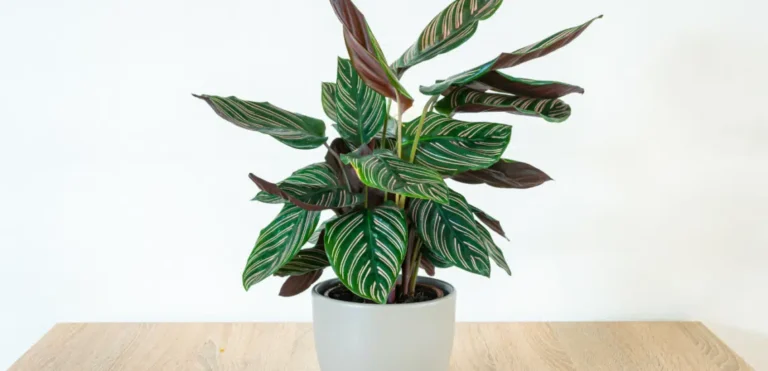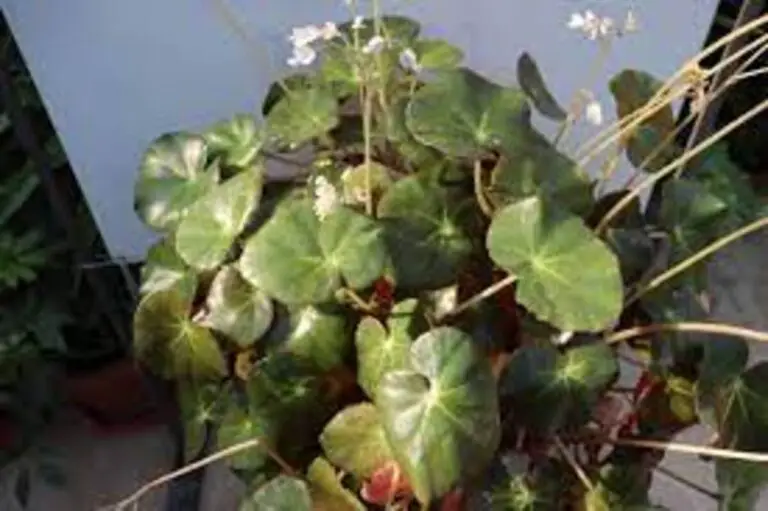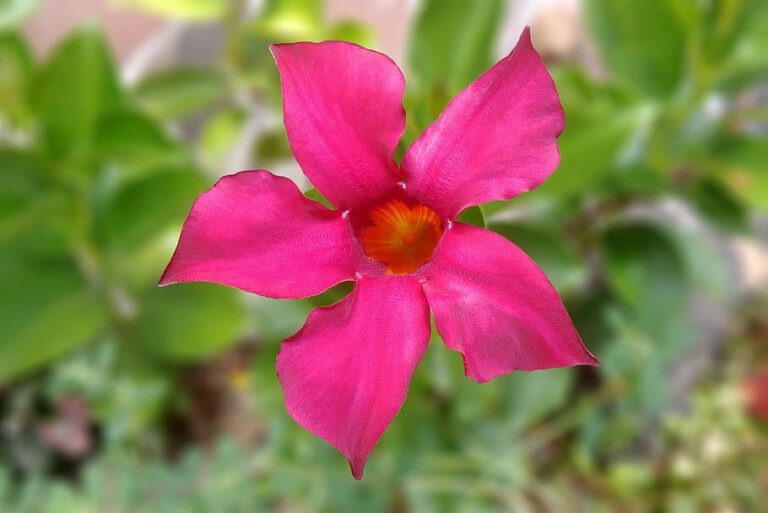Introduction
Rosa moschata, also known as the Musk Rose, is a beautiful and fragrant flowering shrub that is native to the Middle East and North Africa. It is a popular choice for gardens and landscapes due to its easy care and long blooming season. Musk roses can grow up to 10 feet tall and produce clusters of small, white flowers that have a sweet, musky scent. They bloom from late spring to early fall and can attract a variety of beneficial insects, such as butterflies and bees.
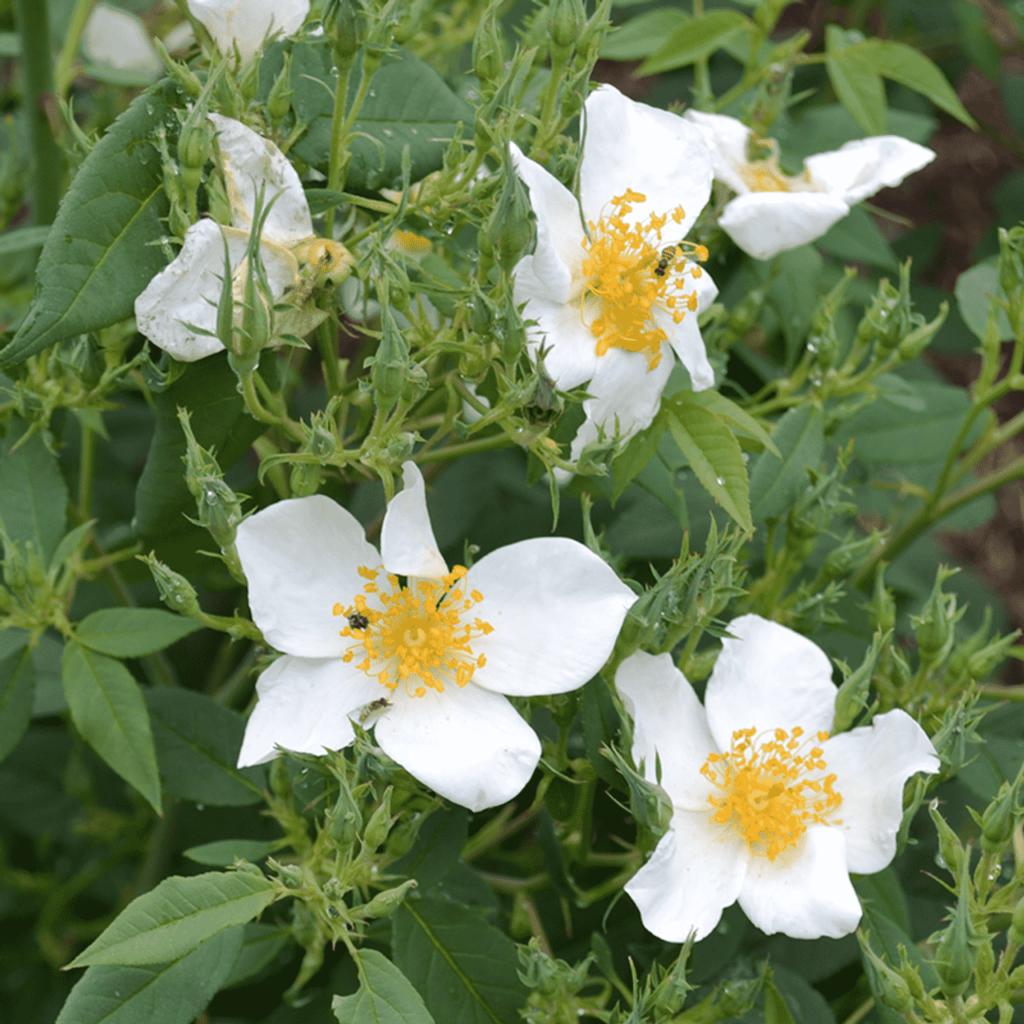
| Characteristic | Rosa Moschata |
|---|---|
| Common name | Musk rose, Himalayan musk rose |
| Classification | Genus Rosa, family Rosaceae |
| Description | A climbing or scrambling shrub with five-petaled, fragrant flowers that can be white, pink, or yellow |
| Bloom time | Summer to fall |
| Hardiness zones | 5-9 |
| Growing conditions | Full sun or partial shade, well-drained soil |
| Uses | Ornamental plant, fragrance, perfumery, cosmetics, herbal medicine |
How To Care For Cacti In Winter: Essential Tips And Pointers
Planting Rosa Moschata
When to plant: Rosa Moschata can be planted in the spring or fall. However, it is best to plant it in the spring, so that it has time to establish itself before the hot summer months.
Where to plant: Rosa Moschata prefers full sun to partial shade. It will also tolerate a variety of soil types, but it does best in well-drained, fertile soil.
How to plant:
- Dig a hole that is twice as wide as the root ball of your plant.
- Amend the soil with compost or manure.
- Place the plant in the hole and backfill with soil, tamping it down gently to remove any air pockets.
- Water the plant thoroughly.
Growing Rosa Moschata
Watering: Rosa Moschata is a relatively drought-tolerant plant, but it will benefit from regular watering, especially during the hot summer months. Water the plant deeply once a week, or more often if the weather is particularly hot or dry.
Fertilizing: Rosa Moschata does not require a lot of fertilizer. However, you can fertilize it once in the spring with a balanced fertilizer.
Mulching: Mulching around your Rosa Moschata plant will help to retain moisture and suppress weeds. Apply a 2-3 inch layer of mulch around the base of the plant, but be careful not to pile the mulch up against the trunk.
Pruning: Rosa Moschata does not require a lot of pruning. However, you can prune it in the late winter or early spring to remove any dead, diseased, or damaged branches. You can also prune it to shape it or to control its size.
Caring for Rosa Moschata
Pests and diseases: Rosa Moschata is generally resistant to pests and diseases. However, it can be susceptible to black spot, powdery mildew, and rose slugs. If you see any signs of pests or diseases, treat the plant immediately with an appropriate insecticide or fungicide.
Winter care: Rosa Moschata is hardy in zones 5-9. However, in colder climates, you may want to protect the plant over the winter. You can do this by mounding mulch around the base of the plant and wrapping the branches in burlap.
Propagating Rosa Moschata
Rosa Moschata can be propagated by seed, cuttings, or layering.
Propagation by seed:
- Collect the seeds from ripe hips in the fall.
- Allow the seeds to dry for a few days.
- Sow the seeds in a cold frame or in a pot filled with a seed starting mix.
- Keep the soil moist and the seeds should germinate in the spring.
Propagation by cuttings:
- Take cuttings from new wood in the spring.
- Dip the cut ends of the cuttings in rooting hormone.
- Plant the cuttings in a pot filled with a potting mix.
- Keep the soil moist and the cuttings should root in a few weeks.
Propagation by layering:
- Choose a branch that is close to the ground.
- Make a cut in the underside of the branch and bend it down to the ground.
- Pin the branch down to the ground with a wire or staple.
- Cover the cut with soil and keep it moist.
- The branch should root in a few months. Once it is rooted, you can cut it from the parent plant and transplant it to its permanent location.

Uses of Rosa Moschata
Rosa Moschata is a versatile plant that can be used in a variety of ways in the garden. It can be grown as a shrub, a climber, or a hedge. It can also be used to create a privacy screen or to cover a fence or arbor.
In addition to its ornamental value, Rosa Moschata is also a valuable medicinal plant. The hips of the plant can be used to make tea, which is said to have a variety of health benefits, including boosting the immune system and reducing inflammation.
Rosa Moschata Varieties
There are many different varieties of Rosa moschata available, each with its own unique characteristics. Some popular varieties include:
- Gertrude Jekyll: A vigorous climber with large, white flowers
- Buff Beauty: A shrub with clusters of buff-colored flowers
- Penelope: A shrub with clusters of pink flowers
- Felicia: A shrub with clusters of deep red flowers
- ‘Guirlande d’Amour’
- Jacqueline Humery
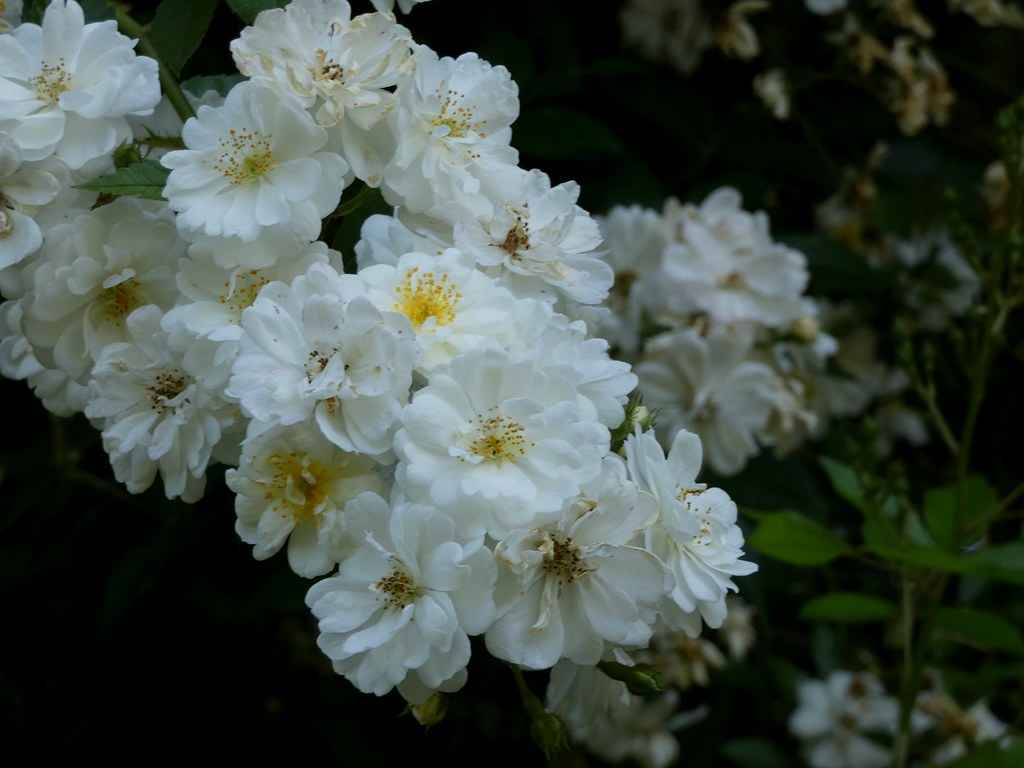
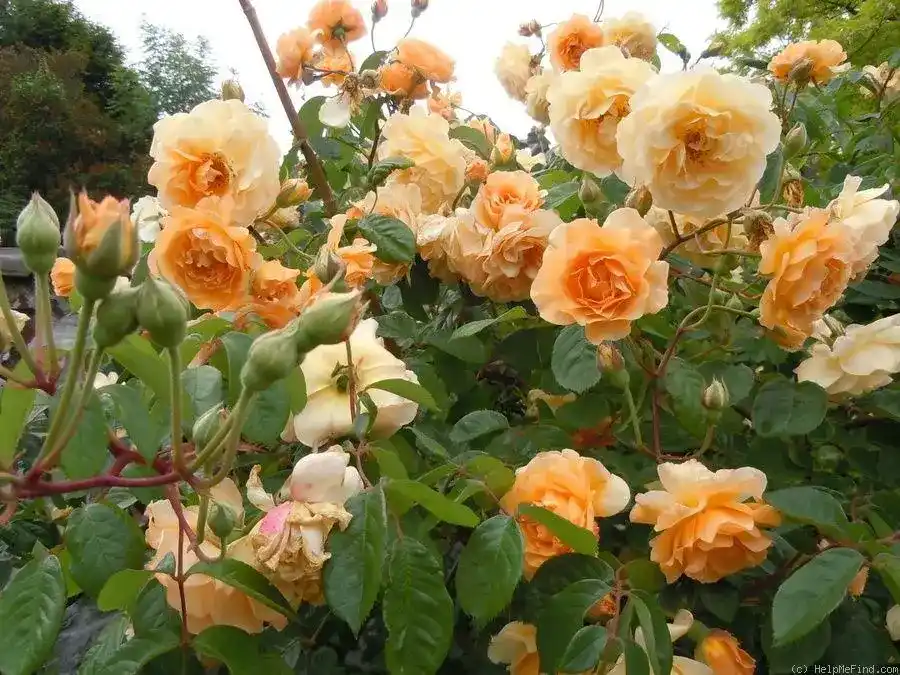
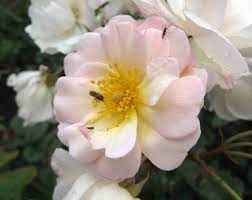
Conclusion
Rosa Moschata is a beautiful and easy-care plant that is perfect for a variety of garden uses. With its fragrant blooms and versatile habit, it is sure to add a touch of elegance to any landscape.
FAQs
What is Rosa moschata used for? Rosa moschata is a type of wild rose that is native to the Himalayas and the Middle East. It is used to make rose oil, which is an essential oil that is used in aromatherapy and perfumery. Rose oil is also used in cosmetics and skincare products, as it has anti-aging and moisturizing properties.
What is the common name for Rosa moschata? The common name for Rosa moschata is musk rose.
What is Rosa moschata in English? Rosa moschata is simply the scientific name for musk rose.
What is Rosa moschata flower of India? Rosa moschata is also known as the Indian musk rose. It is a popular ornamental plant in India, and its flowers are used to make perfumes and other fragrances.

